The entire movie was shot in a single, more than two hours long, unbroken take. No edits, no CGI, no Birdman tricks. One unbroken shot lasting the entire film.
Due to that fact alone, Victoria is an amazing achievement. The amount of planning, coordination, and skill required to pull off something this ambitious is mind-boggling. (Victoria is only the sixth feature film to try such a feat, and is the longest one-shot film to date by almost 20 minutes. It supposedly took three attempts to film.) The camera weaves through streets, down alleyways, in and out of cars, in low light and bright pulsing clubs, peering over ledges at just the right moment to capture a key bit of action. It’s incredible to watch. It’s also a testament to the cast’s stellar acting that I briefly forgot that the unbroken take was still going.
Victoria herself acts as a conduit for the audience, an avatar character the camera always follows around, so we always see the action from her point of view. Limiting the camera’s view in some cases and sticking with a faux handheld filming style—not quite found footage, but jerky at parts—adds a great deal of immediacy to the events that unfold over the course of the film. It’s as if the audience is another player in the film, another character getting dragged along on the increasingly dangerous ride. A sense of urgency permeates through the whole film. Part of it is because of the story, and part of it is secretly hoping an actor won’t mess up and ruin the whole take.
Much like how Birdman used the single shot conceit to underscore the story of a live Broadway performance, Victoria uses an even more impressive parlor trick to emphasize its story. A heist film lends itself well to be shot in a continuous take. Just as a heist or a bank robbery needs to have a plan, meticulously and carefully thought out and executed, so too does the entire movie. If even one actor misses their mark, the whole thing is kaput. It adds an underlying feeling of tension to the whole movie, a feeling that at any moment something could go wrong. It’s really unbelievable—it has to be seen to be believed.
The few areas that suffer in service to the central editing trick are story and pacing. The story, like mentioned briefly earlier, is a fairly standard run of the mill heist story. I was never really surprised by anything that happened in Victoria, which isn’t the worst thing in the world, but is still a bit disappointing. There’s also some pacing acrobatics, mainly to justify the whole story taking place over two hours in real time. Action happens pretty rapidly, and some events that take place, namely the transitions and motivations for their occurrence, just aren’t realistic. Real people would never do these things this quickly.
But you know what? I didn’t really care. I didn’t care that I predicted almost everything that happened in Victoria, or that certain plot elements were sped way up to justify everything happening in real time. I was so mesmerized by the immediacy of it all, the fantastic camera work, the excellent acting. Victoria is a hell of a ride and an unbelievable achievement in filmmaking.
Grade: B
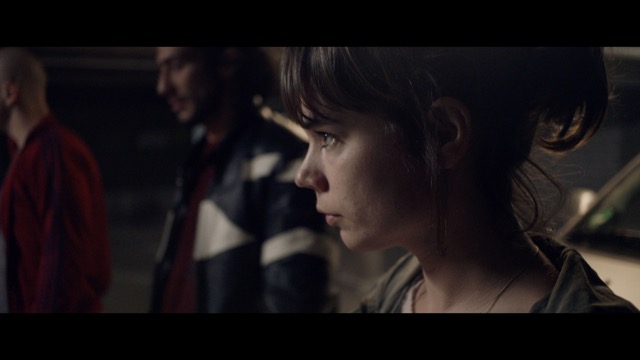
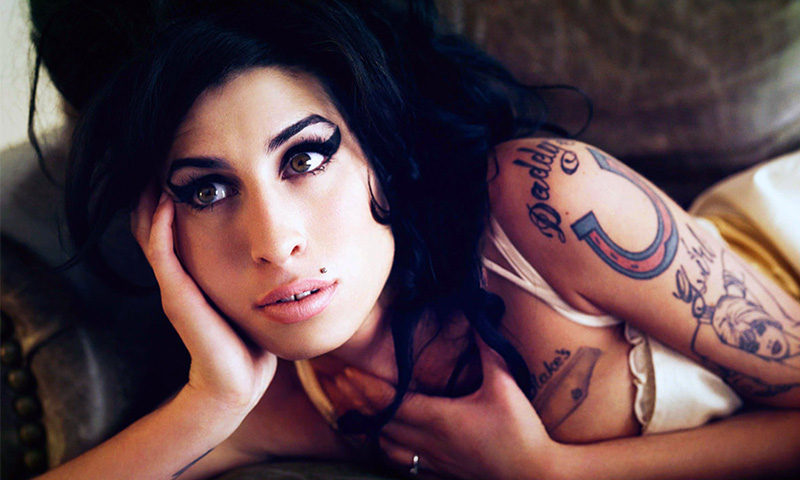
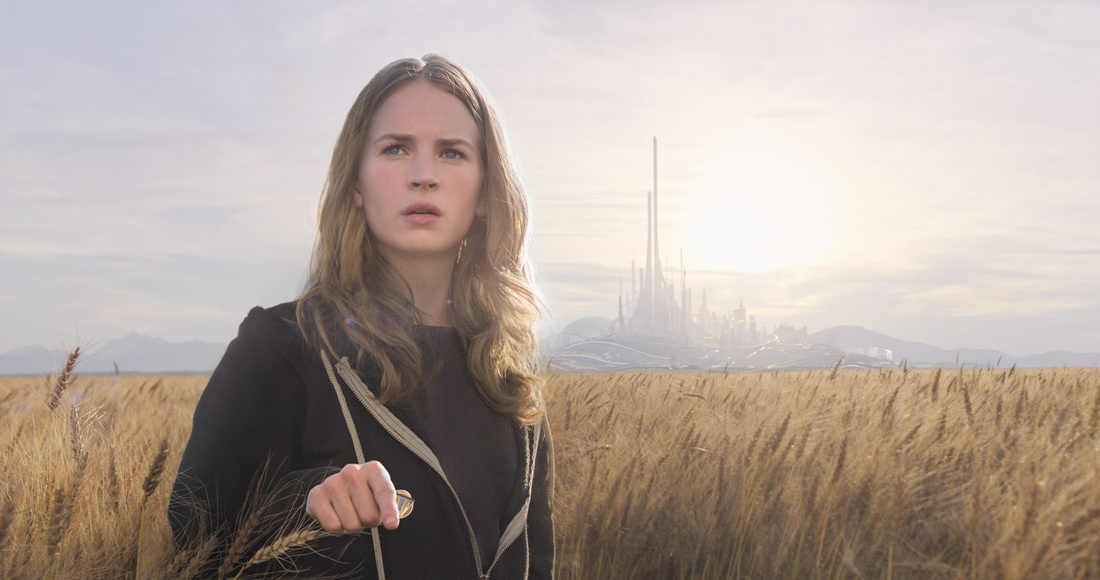


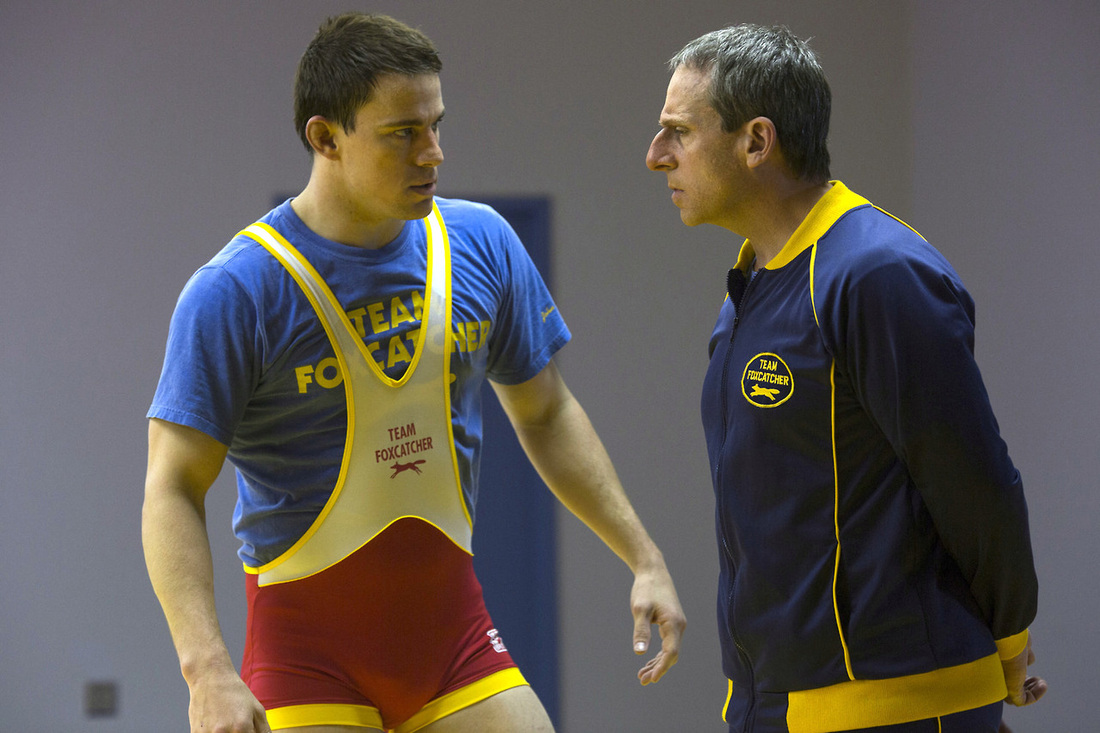
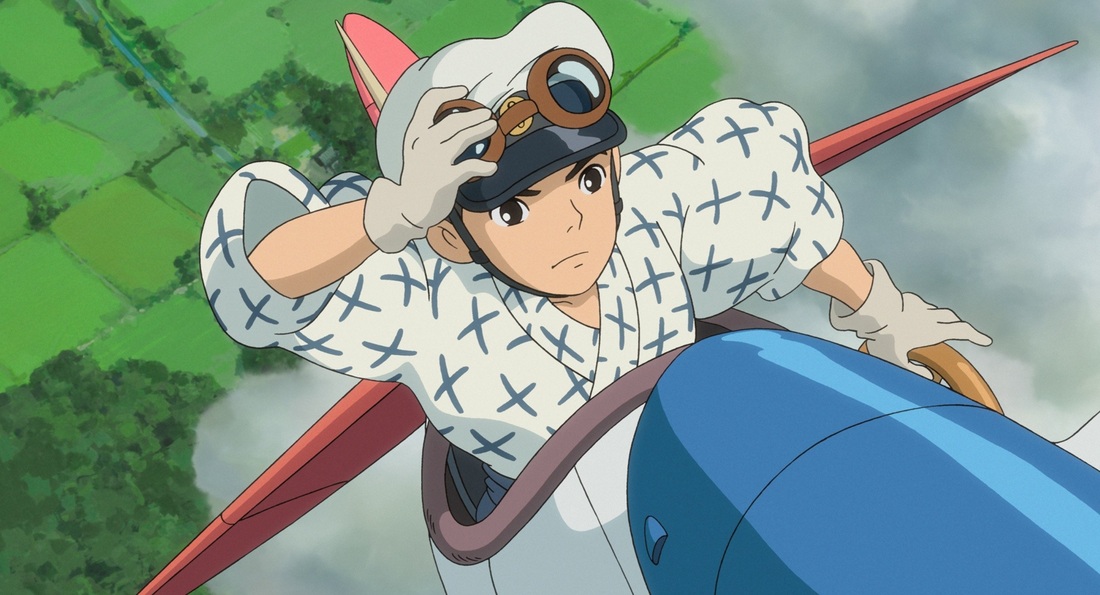

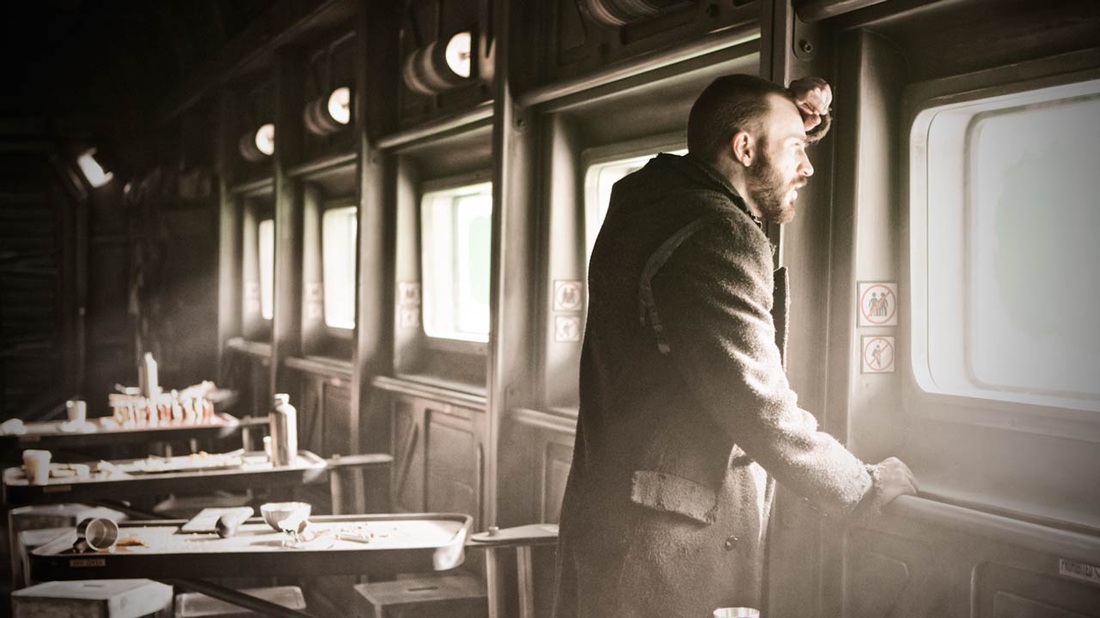
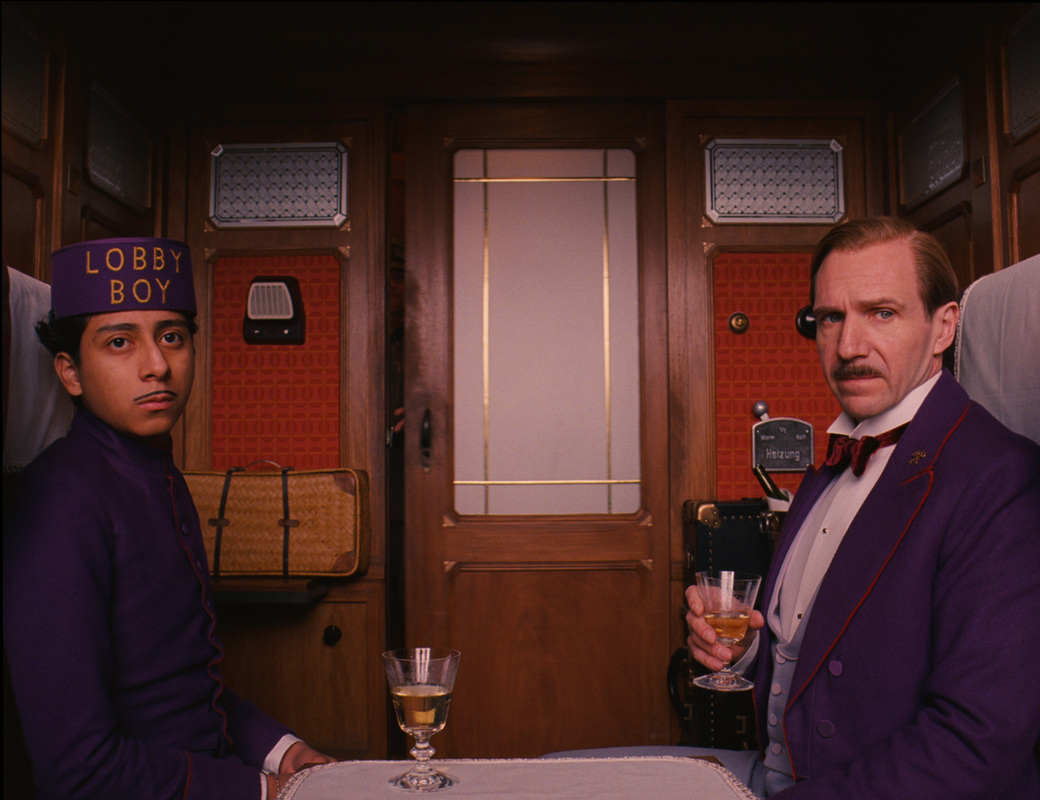
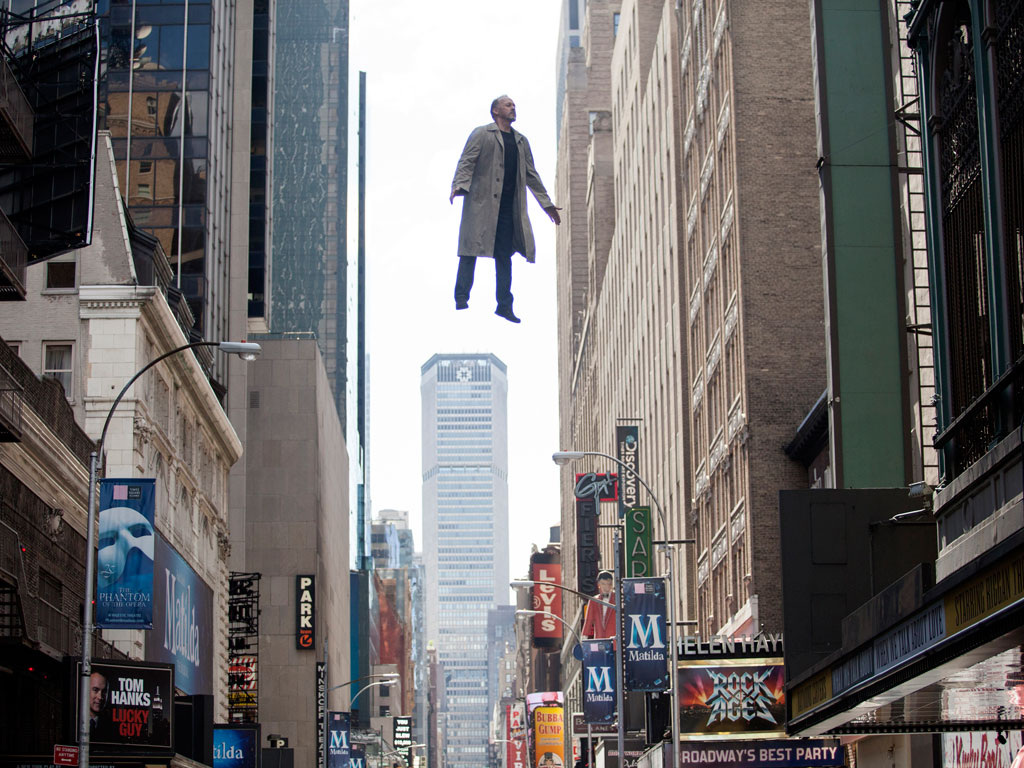
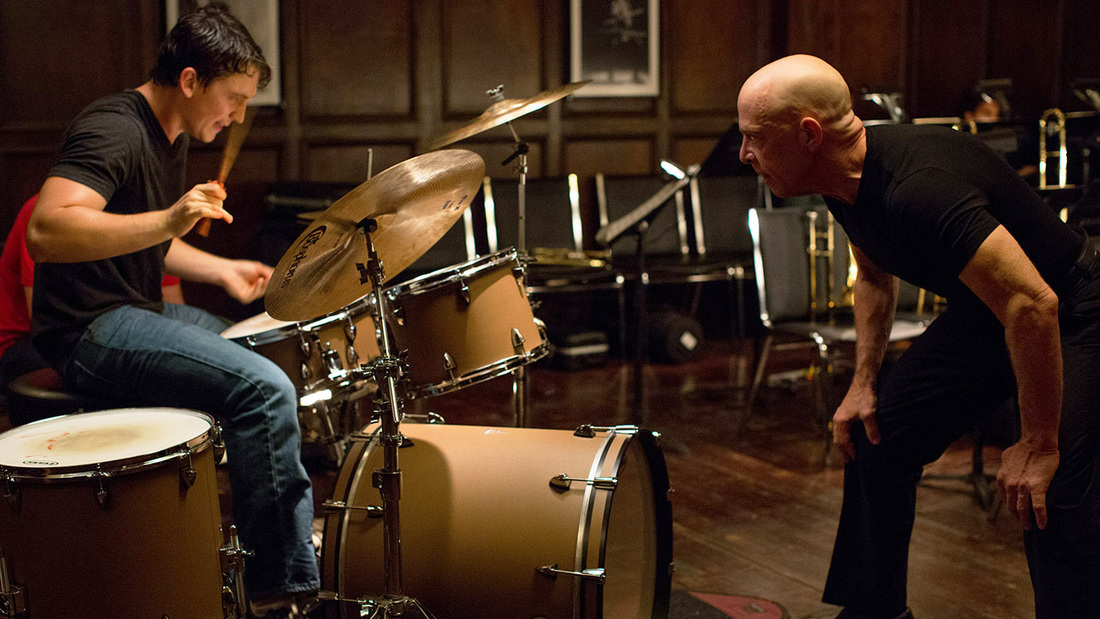

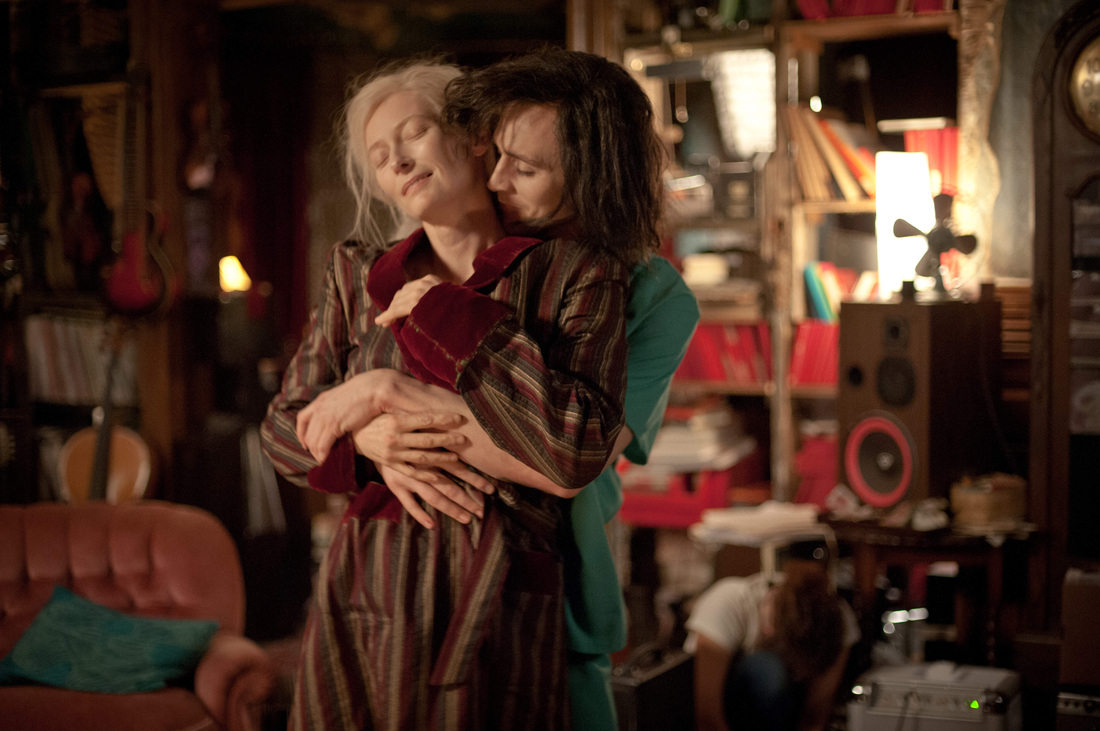
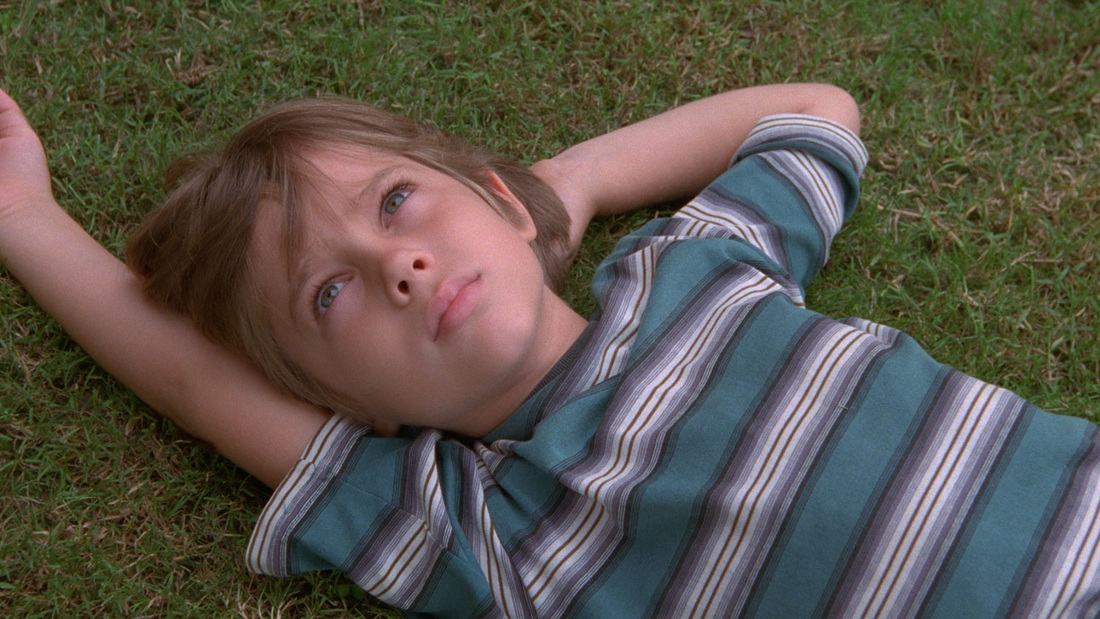
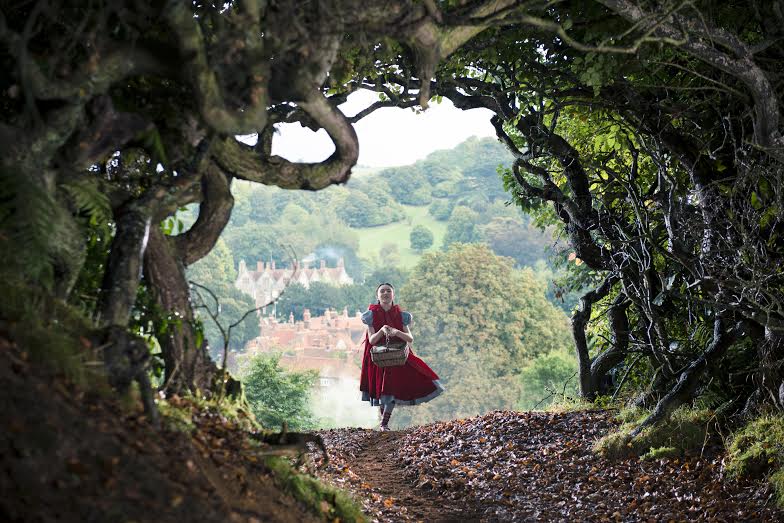
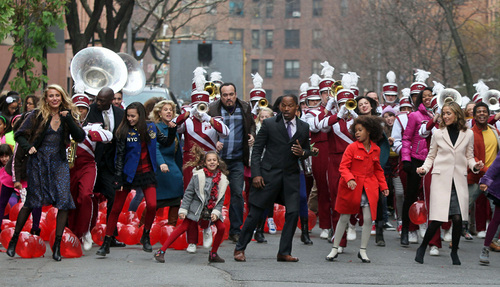
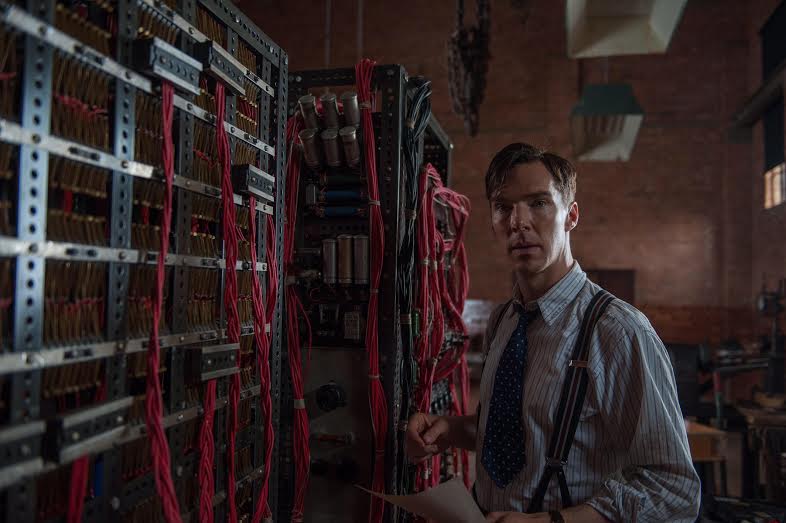
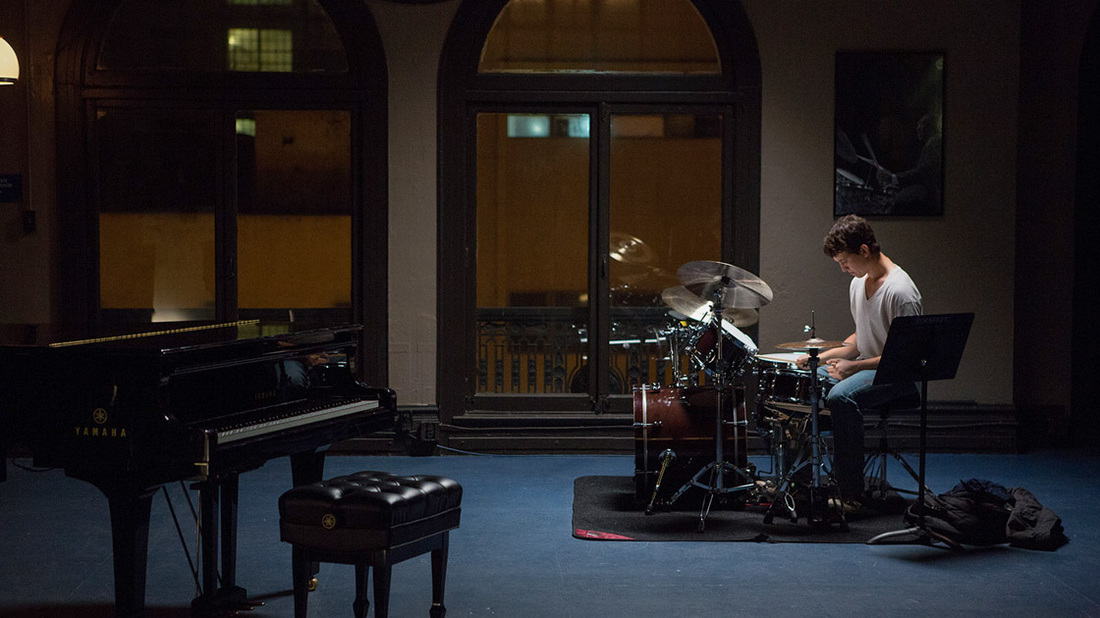
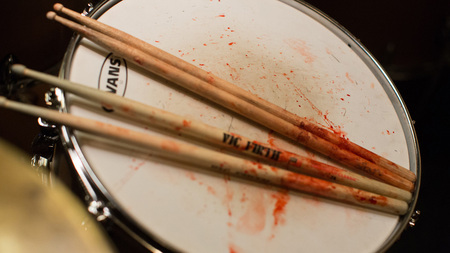
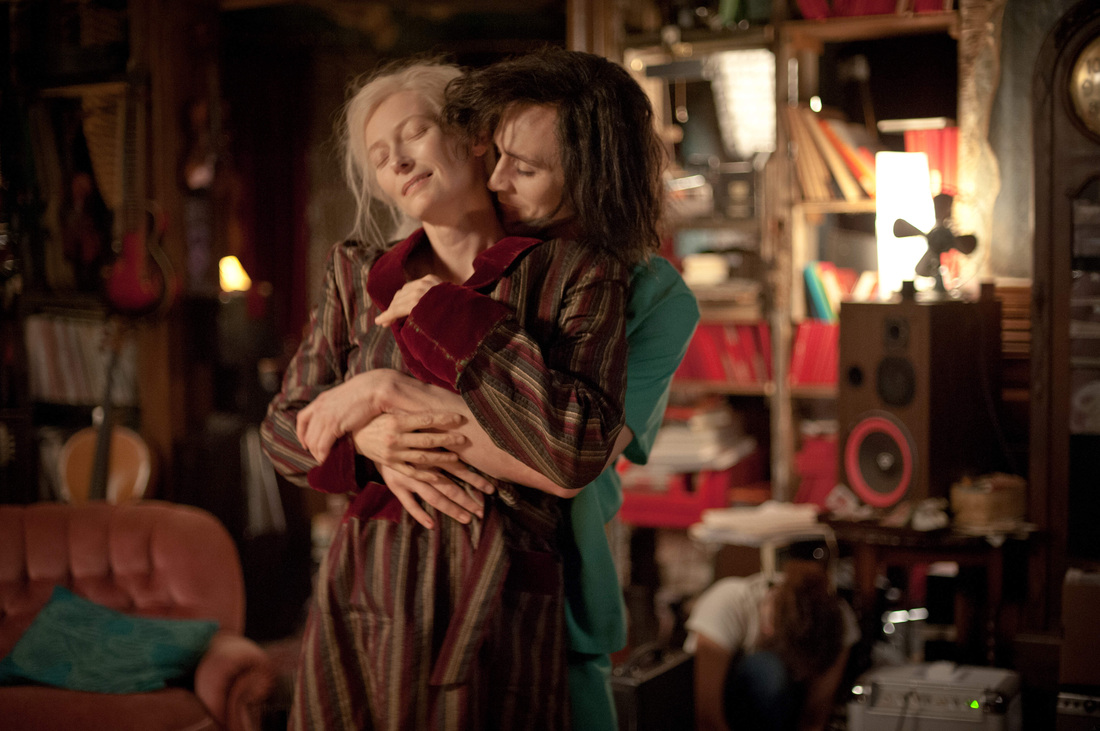
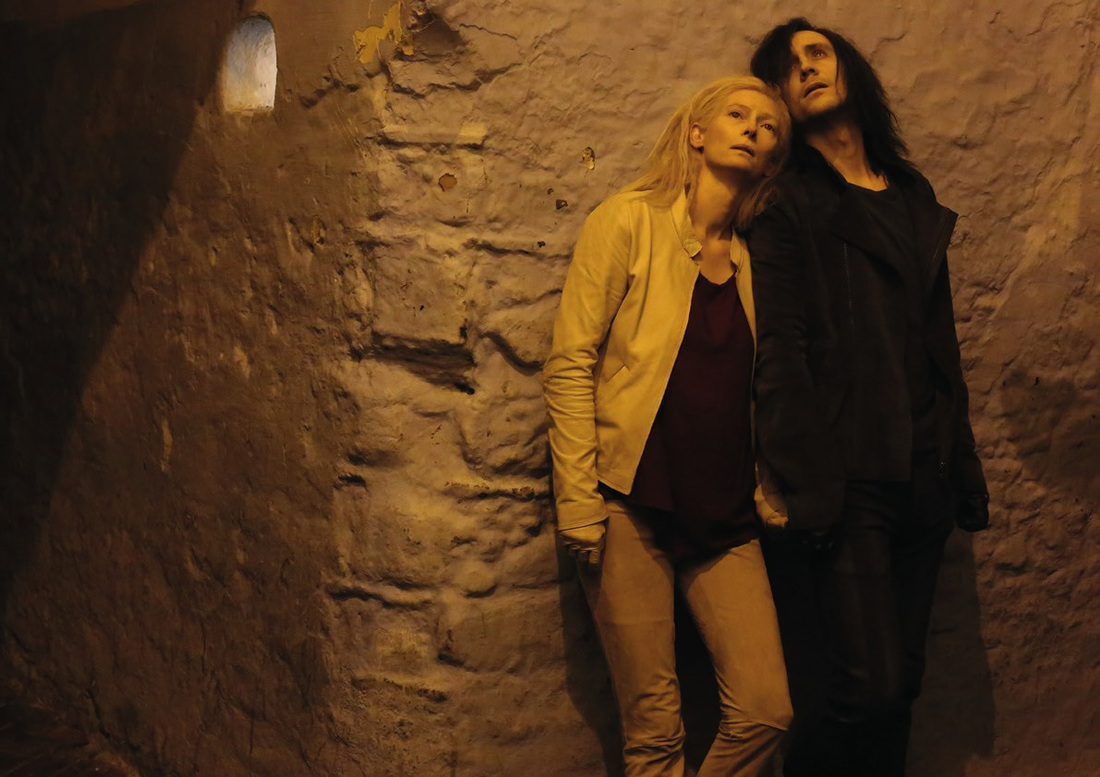
 RSS Feed
RSS Feed
